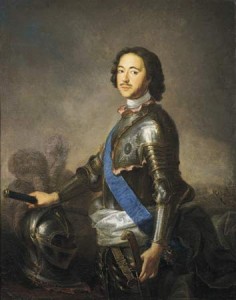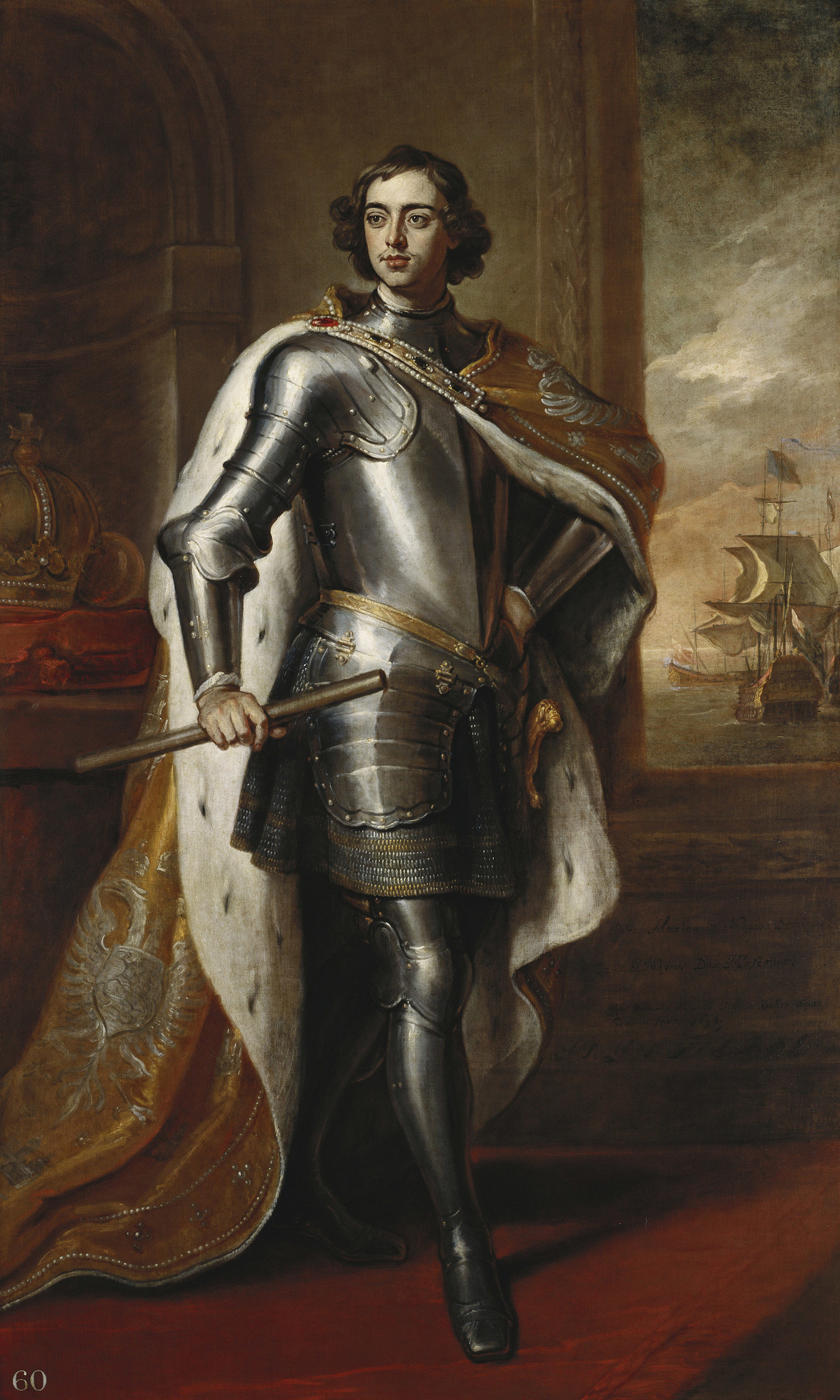In Cynthia Whittaker’s The Reforming Tsar: the Redefinition of Autocratic Duty in Eighteenth-Century Russia, she discusses the idea of the reforming tsar. She specifically explores how this idea shaped the Romanov dynasty, the Russian people, and the emerging country of Russia during the Eighteenth Century. Peter the Great created the idea of the reforming tsar through his reshaping of Russia into an innovative country with a strong European influence. After his death later Tsars began to take on the idea of the reforming Tsar because the people of Russia saw Peter’s reign as successful. The introduction of new ideas and laws became instrumental during each new Tsars reign. Russia wanted to feel like they were leading the change in the world. One of the main points in Whittaker’s article is that the Russian people’s belief in the Reforming Tsar is what kept the Romanov line in power for so long. The line was eventually destroyed because the ideas of the Russian people surpassed the laws of the country.
Some of the main ideas that Peter introduced never came in to fruition but as later Tsars followed his lead a huge change happened in Russia. First Secularization began with Peter taking power away from the church and lessening the amount of people, such as monks and nuns, working in the church. Peter saw the importance of respecting laws and working for the state over the unquestioning faith in God that previously permeated Russia. He certainly did not mean to eradicate the Russian Orthodox Church all together but to lesson its control. His second main idea was expand education throughout Russia. This did not happen until years after his death but many of the Tsars, such as Elizabeth, that follow him showed their position as a Reforming tsar through the expanding of education and the creation or reinstating of colleges. The third was the specification of the Law. Catherine the Great played a huge part in this clarification of how the legal system should run.
The people of Russia were looking for a Monarch who could fulfill the role that Peter the Great created. The folklore about his extraordinary reign spread throughout Russia and made the idea of the Reforming Tsar a requirement. What needs to be acknowledged is that because of the illiteracy of a huge part of Russia the passing down of knowledge through folklore was common. With this comes the problem of changing information and this caused much of the ideals regarding Peter the Great to be exaggerated. Many of his reforms did not actually last but the idea of his power did and it shaped the Romanovs and all of Russia.
Whittaker, Cynthia H. “The Reforming Tsar: The Redefinition of Autocratic Duty in Eighteenth- Century Russia.” Slavic Review 51.1 (1992): 77. Web.




